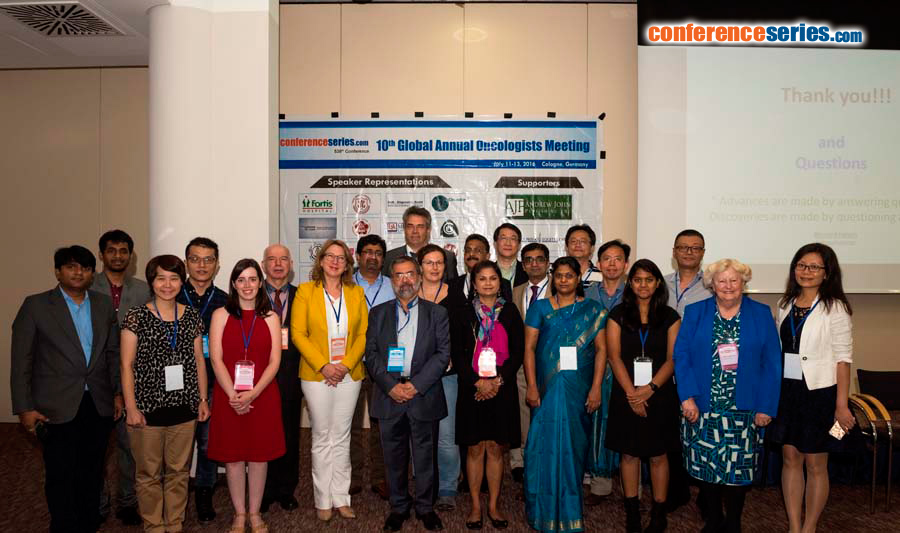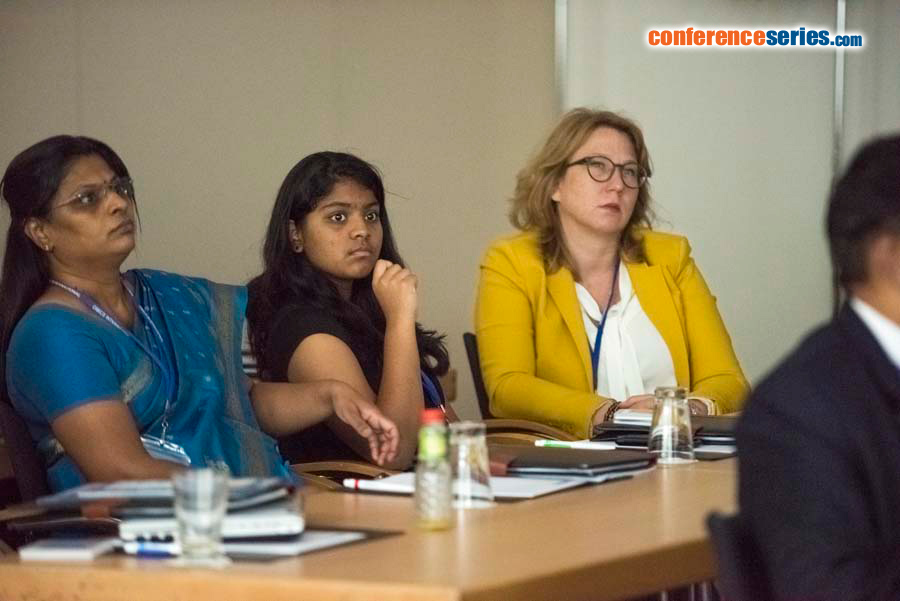
Anitha Gopal
Fortis hospitals, India
Title: Challenges in treating Ca Nasopharynx, Ca Tonsil and post op Head neck cancers by Intensity Modulated Radiationtherapy
Biography
Biography: Anitha Gopal
Abstract
Globally with the advancement in technology and intensity modulated radiation therapy technique and thorough knowledge on the microscopic areas of spread of the head and neck tumours in defining PTV, CTV and dose prescription when treated either by radiation therapy alone or with concurrent chemotherapy and radiation therapy or as post-operative radiation therapy proved an increase in the locoregional control rate and 5 year survival rate in locally advanced head neck cancers by more than 60% and early disease by more than 75%. The CTV in tonsil should include pterygoid plates, medial pterygoids, retropharyngeal nodes, maxillary tuberosity, retrostyloid nodes, tongue base, GB sulcus, lateral pharyngeal wall. The CTV in nasopharynx posterior includes 1/3rd of tongue, medial part of clivus, pharyngeal space, skull base, inferior sphenoid sinus. The CTV in post-op head and neck cancers should be preoperative area of extent of tumour, post-op histopathology details and include microscopic involvement of the tumour, positive margins, extracapsular nodal spread includes skin in CTV, perineural spread the entire nerve involved will be the CTV, nodal stations involved and differential dose prescription of subsequent level will be the CTV in post-op Ca Buccal mucosa prefacial node, in postop Ca Retromolar trigone, Upper alveolus and tumors crossing the midline the CTV should include pterygoid muscles. In post-op Ca Tongue, the entire tongue and mandibular foramen would be the CTV. If pterygoid muscle is involved, temporalis is included in CTV.





